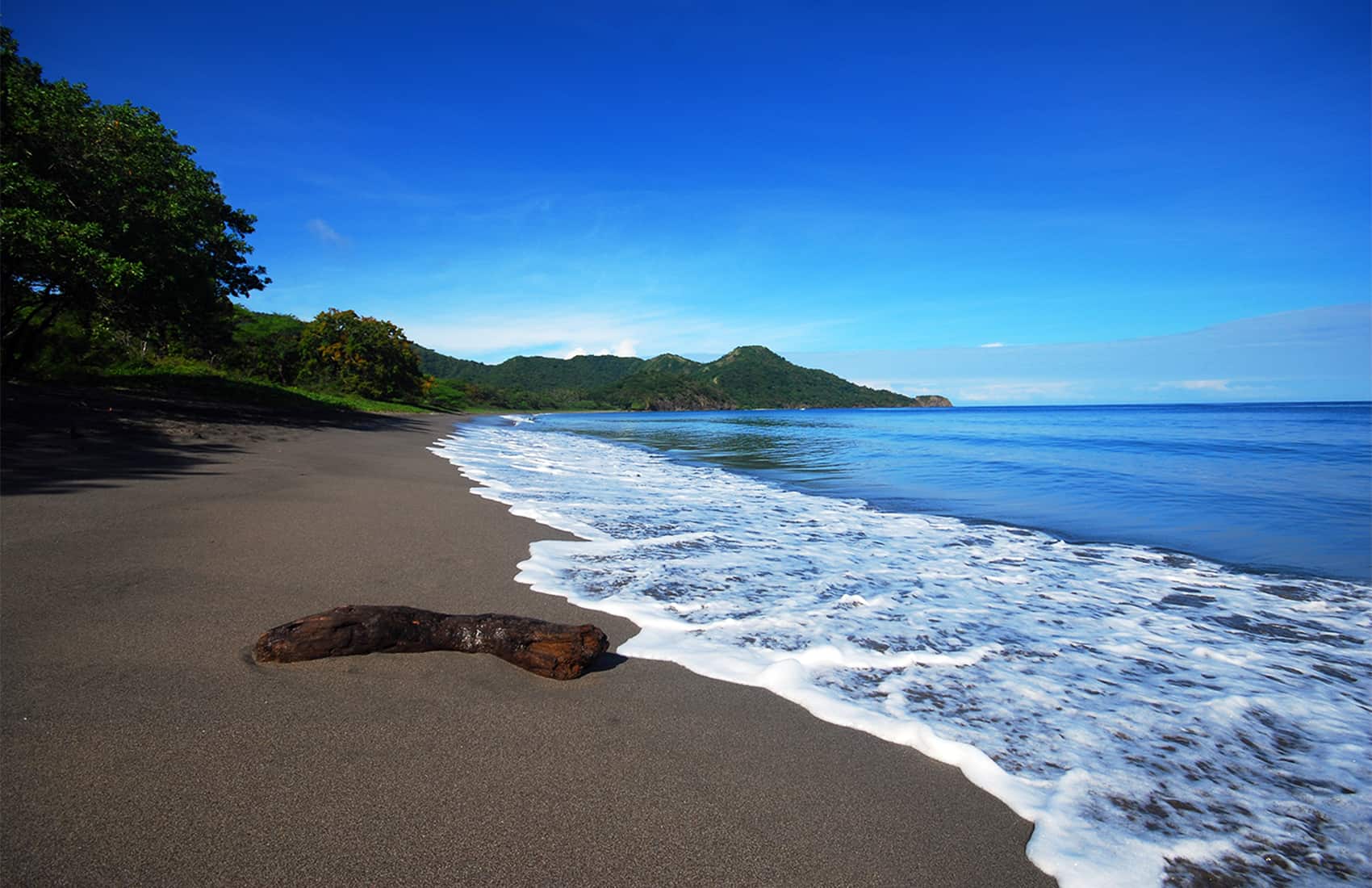GUANACASTE in Costa Rica’s northwestern province, is known worldwide for its warm, sunny weather and beaches. However, the country’s second-largest province offers much more. Guanacaste is home to breathtaking national parks, awe-inspiring volcanoes and mighty rivers. Liberia, the province’s capital, is a growing center for local commerce.
Named after a distinctive area tree, Guanacaste was the last province to become part of Costa Rica. Originally a separate administrative entity known during colonial times as Partido de Nicoya, the majority of what is now Guanacaste was not part of Costa Rica when the country became independent in 1821.
It was after much debate that on July 25, 1824, Nicoya’s area leaders freely chose to join Costa Rica. Nicoya’s annexation is now a day of festivity celebrated each year throughout the country. However, it was not until 1848 that Nicoya, along with nearby areas that had originally been part of Costa Rica, became the province of Guanacaste. Today, Guanacaste has an area of 10,400 square kilometers (4,015 square miles) and is divided into 11 cantons.
GUANACASTE is best known for its beaches. In fact, despite its relatively small size, the province is home to more than 50 beaches of all shapes, sizes and colors. Some of the most popular beaches include Playas del Coco, Hermosa, Ocotal and Panamá in the north, Conchal, Flamingo, Ostional and Tamarindo in the center and Carrillo, Nosara and Sámara in the south.
Accessibility for each beach varies, depending on the state of area roads, but practically all beaches are accessible using fourwheel-drive vehicles.
NATIONAL parks and wildlife refuges take up a sizeable portion of the province’s land. Santa Rosa, Rincón de la Vieja, Palo Verde, Barra Honda and Las Baulas – the province’s main national parks – are home to all kinds of unique flora and fauna, some which are not found anywhere else on the planet.
Geographically, Guanacaste is unique. The Guanacaste Volcanic Mountain Range and the Tilarán Mountain Range cut right through the middle of the province, providing a great backdrop. Guanacaste is home to four large volcanoes – Volcán Orosí, Rincón de la Vieja, Miravalles and Tenorio.
LODGING for all budgets is available throughout the province. Guanacaste has everything from camping areas and remote eco-lodges to all-inclusive family oriented beach hotels and high-end luxury accommodations. Guanacaste is a great place for sports. Swimmers, surfers and boogie boarders will be pleased with the beaches. Golfers will be challenged by professionally designed courses. Those interested in adventure tourism will meet their adrenaline requirements while river rafting and enjoying canopy tours.
LIBERIA is fast becoming one of the country’s largest cities. It is home to a wide variety of restaurants, shopping and entertainment options. As the area’s business center, Liberia is home to several banks, as well as real estate agencies that can help you find, rent or buy the home, condo or time-share of your dreams.
Central Guanacaste is the heartland of Costa Rica’s culture. Most typical dances, music, foods and arts and crafts come from the inland towns. Guanacaste also serves as the gateway to northern Nicaragua. From Liberia, it’s easy to get to Peñas Blancas – the country’s main land crossing to Nicaragua.
Plenty of tours are available that take tourists to the restored colonial city of Granada, the market of Masaya, Lake Nicaragua and Nicaragua’s national parks and beaches.
TODAY, thanks to the addition of regular weekly flights to Liberia’s Daniel Oduber International Airport by major U.S. airlines, improvements to roads and Taiwan’s donation of a bridge over the Tempisque River, Guanacaste is closer to the rest of Costa Rica and the world than ever before.
There’s much to discover and enjoy Guanacaste. The Tico Times hopes this special supplement will serve to give readers useful information and new ideas on how to enjoy Guanacaste.






